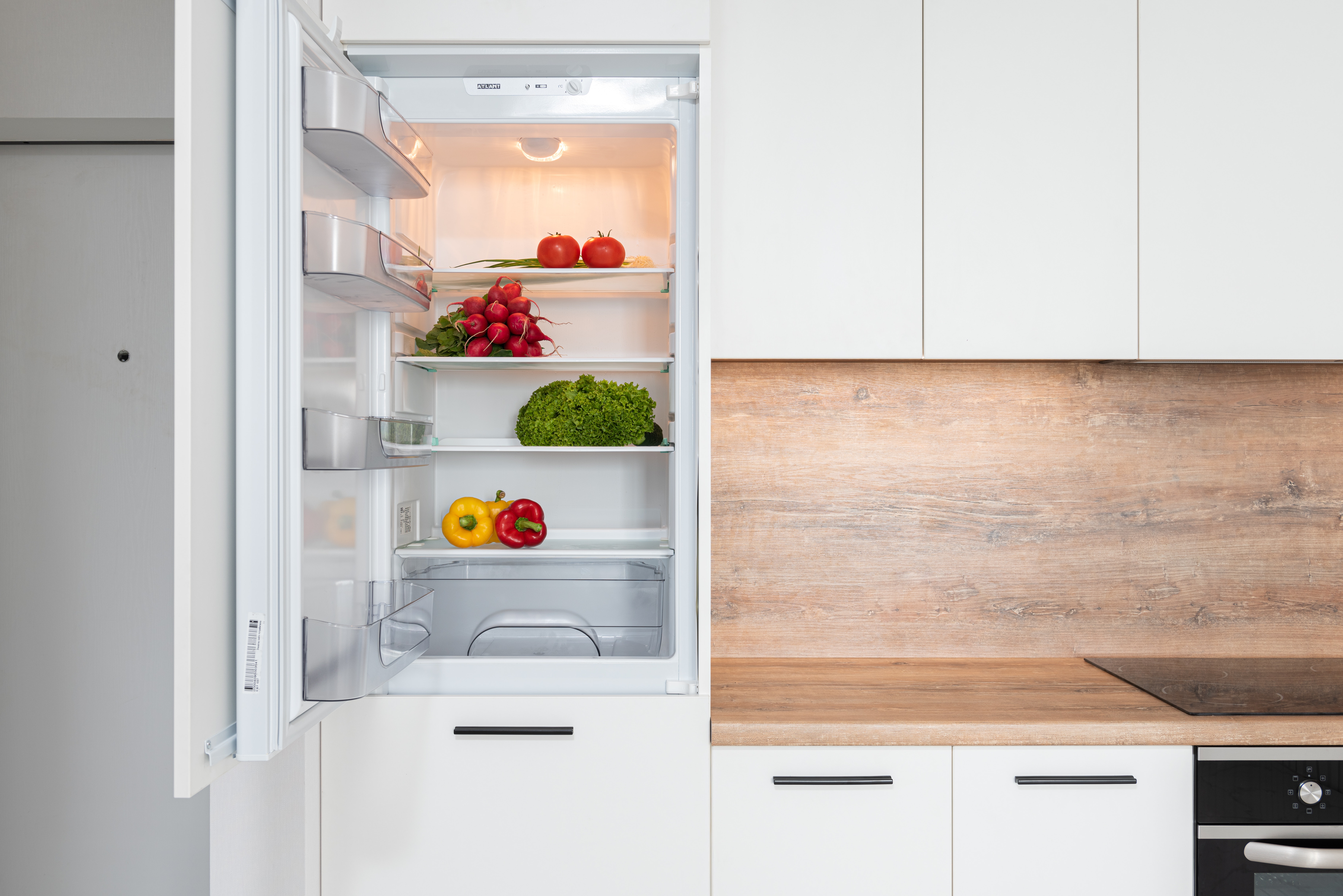Less Waste in 2022
go.ncsu.edu/readext?839399
en Español / em Português
El inglés es el idioma de control de esta página. En la medida en que haya algún conflicto entre la traducción al inglés y la traducción, el inglés prevalece.
Al hacer clic en el enlace de traducción se activa un servicio de traducción gratuito para convertir la página al español. Al igual que con cualquier traducción por Internet, la conversión no es sensible al contexto y puede que no traduzca el texto en su significado original. NC State Extension no garantiza la exactitud del texto traducido. Por favor, tenga en cuenta que algunas aplicaciones y/o servicios pueden no funcionar como se espera cuando se traducen.
Português
Inglês é o idioma de controle desta página. Na medida que haja algum conflito entre o texto original em Inglês e a tradução, o Inglês prevalece.
Ao clicar no link de tradução, um serviço gratuito de tradução será ativado para converter a página para o Português. Como em qualquer tradução pela internet, a conversão não é sensivel ao contexto e pode não ocorrer a tradução para o significado orginal. O serviço de Extensão da Carolina do Norte (NC State Extension) não garante a exatidão do texto traduzido. Por favor, observe que algumas funções ou serviços podem não funcionar como esperado após a tradução.
English
English is the controlling language of this page. To the extent there is any conflict between the English text and the translation, English controls.
Clicking on the translation link activates a free translation service to convert the page to Spanish. As with any Internet translation, the conversion is not context-sensitive and may not translate the text to its original meaning. NC State Extension does not guarantee the accuracy of the translated text. Please note that some applications and/or services may not function as expected when translated.
Collapse ▲A new year and new goals. People are making lists of resolutions for themselves- possibly to improve their health or lifestyle. While these are commendable goals, how about a resolution that can save you money and help the planet at the same time? I’m thinking, reducing your food waste.
According to the USDA’s Economic Research service 31% of the food in the United States goes straight to the landfill. That’s approximately 133 billion pounds of edible food that goes uneaten each year.
Food that is wasted isn’t just trash, but there’s also the loss the costs of land, water, labor, and other resources that it took to make or grow that product. It’s estimated that if each American could just reduce their food waste by 15%, there would be enough food saved from landfills to feed 25 million food-insecure people.
What causes all this waste? It happens all along the supply chain, from farmer to processor to the grocery store. We consumers contribute to food loss by buying or cooking more than we need or can eat and then throwing away the extras.
One of the best ways to prevent food waste is to not buy it in the first place. Don’t hit the grocery store without a shopping list. Stick to the list so you won’t buy food you won’t use. Don’t use coupons for items you don’t normally buy or need. The top three food groups that people tend to waste are the meat, poultry, and fish group followed by vegetables and dairy products.
You can prevent food waste even if you don’t cook. If you’re not one for leftovers, why take a “doggy bag” home from the restaurant. Why carry food home that will just sit in the fridge and eventually get thrown away? Instead, think ahead when you order. If you want something small go for the kid’s or senior menu this can result in less plate waste left at the restaurant.
If you like leftovers, by all means plan for them! Cook once and eat twice or three times. Making chicken once and serving it several ways is always good. These can be called planovers. Even those cooked rotisserie chickens can be used for several meals. Get every bit by making soup or stock from the bones and scraps before pitching them.
Give leftovers a new life. If you have something that is no longer at its peak quality but still safe to eat, use it in a recipe that hides its problems. Slightly overripe tomatoes can be used in a cooked sauce, wilting spinach can be added to a soup or overripe fruit blended into a low-fat smoothie.
Clean your refrigerator, freezer and pantry more often and use up items that are about to go bad. Chances are there are many things that could be used up while they’re still in their prime and not thrown away later. January is a great time for “eat from the pantry” or “eat from the freezer” weeks. Challenge yourself to eat from what you already have and not go to the store for a week or two.
A word or caution here: as you’re cleaning, don’t just throw packages and food out because they are past the date on the package. These dates are provided by the manufacturers to help us decide when the food is best quality. Most items will still be safe and wholesome past the date if you’ve stored it properly.
Store food properly. I know you’ve heard me say this before, but having a thermometer in the refrigerator and freezer can help keep the food you have fresh and safe longer. Refrigerators should be below 40 degrees F and freezers as close to zero as possible.
Wasting less food can help the nation’s food security, reduce what goes in the landfill and also help with the family food budget. Why not make this a goal for you in 2022?
Sources:
Reducing Food Waste
University of Minnesota Extension
USDA Food Waste FAQs
University of Florida Extension
Cheryle Syracuse wrote this article and more similar ones for the Family and Consumer Sciences Column in the Brunswick Beacon. Syracuse is an FCS team member and can be reached at N.C. Cooperative Extension, Brunswick County Center, 910.253.2610 or by email at cheryle_syracuse@ncsu.edu.





